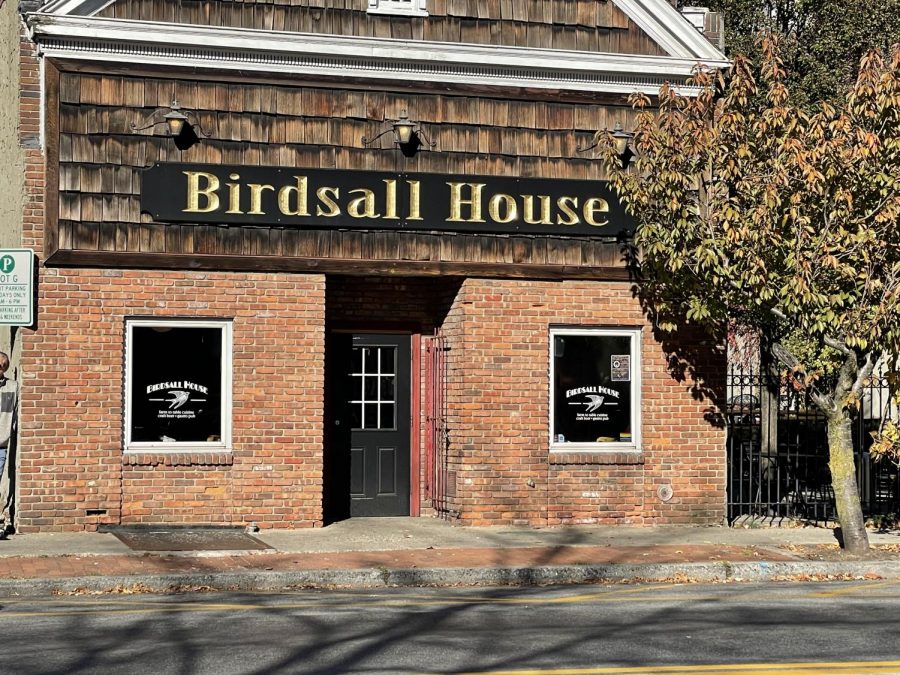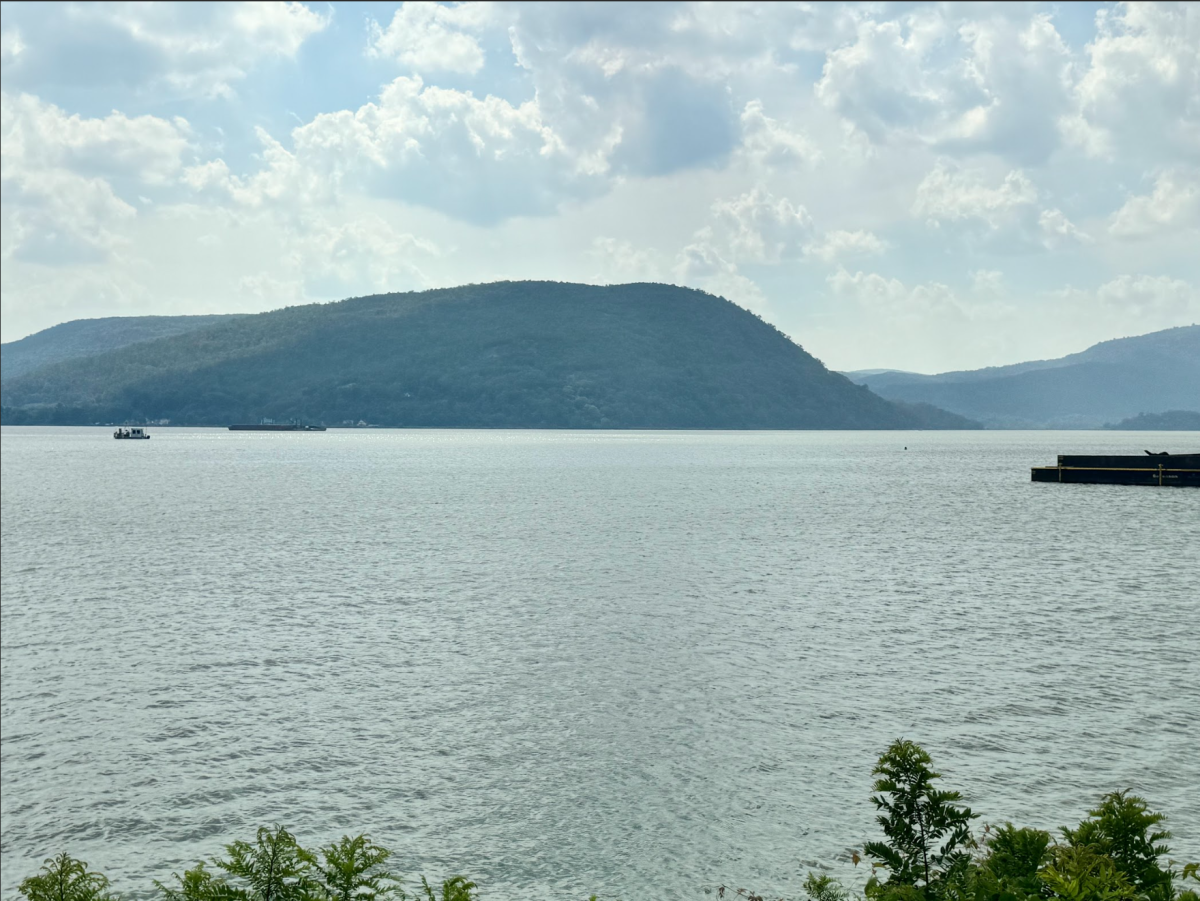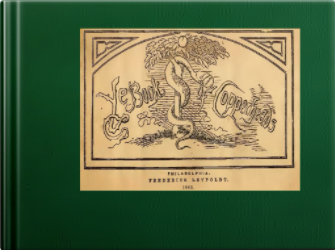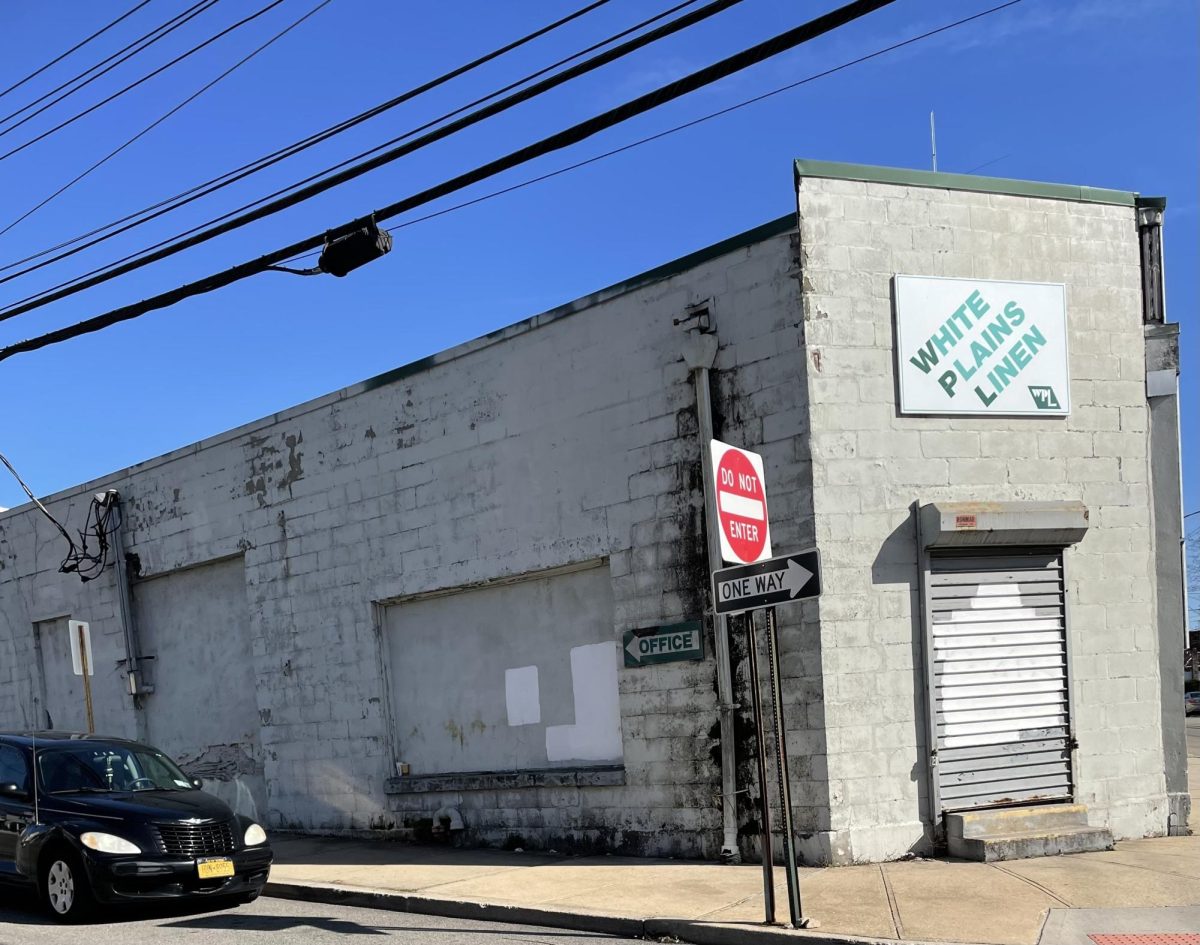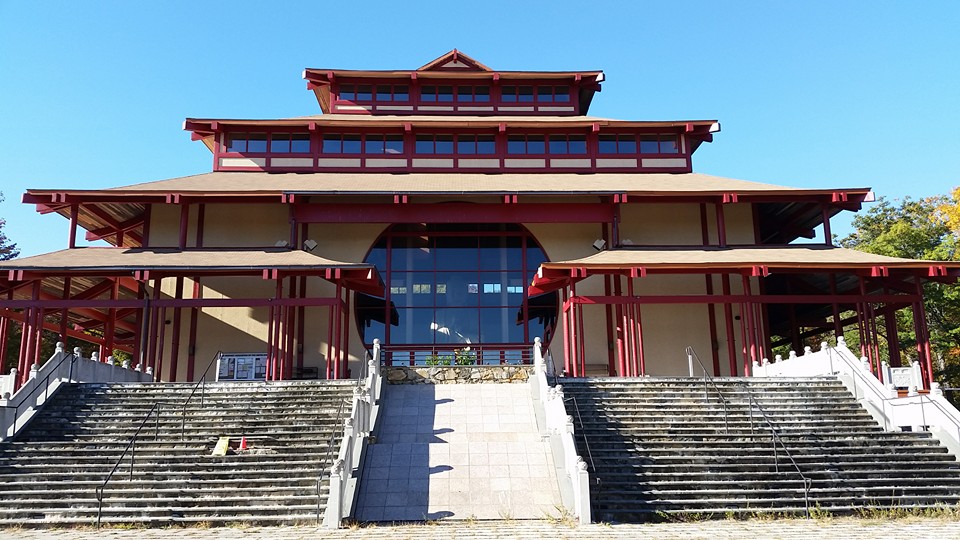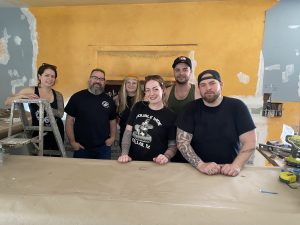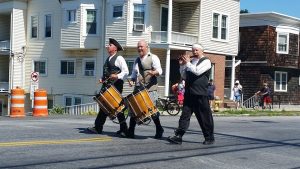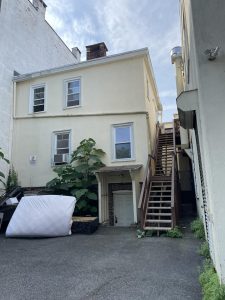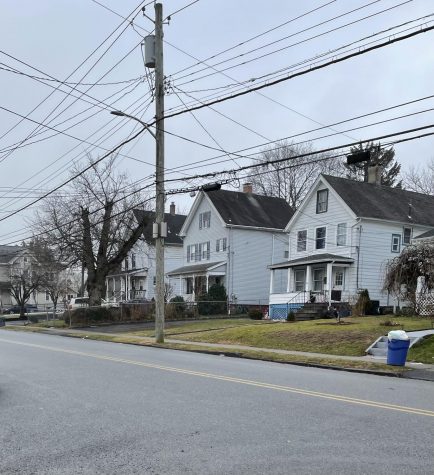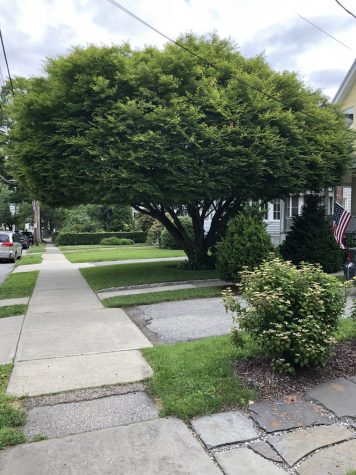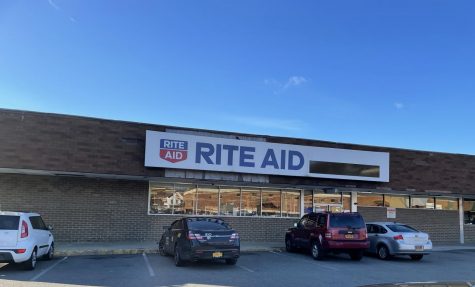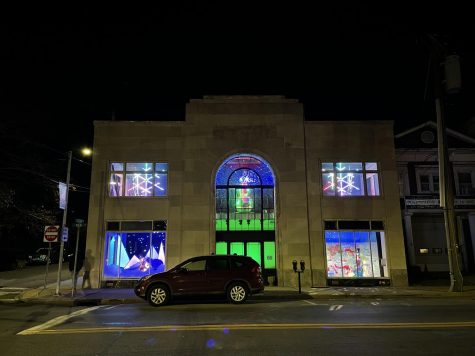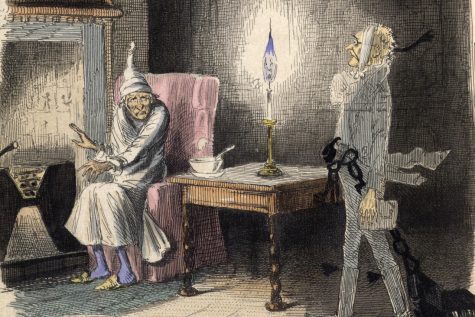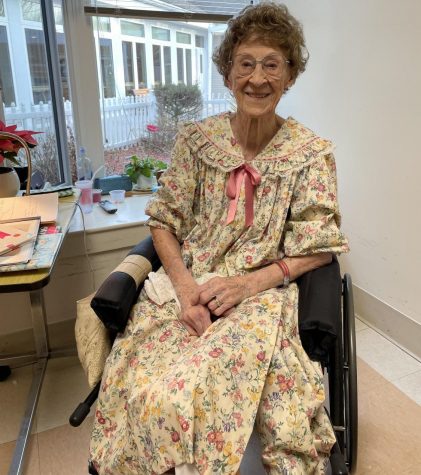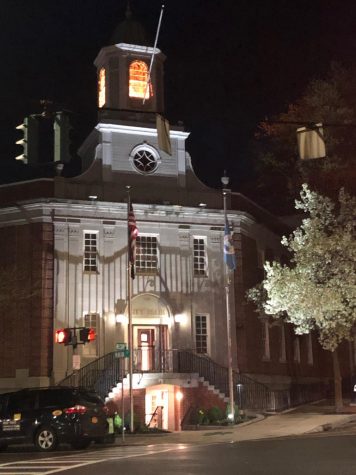Defeated in White Plains, Washington visits Peekskill to monitor defenses along Hudson
City’s rich history goes unmined while Historic Preservation Board lacks members to carry out mission
November 11, 2021
It was 245 years ago yesterday that America’s first Commander in Chief visited Peekskill. November 10, 1776, was President George Washington’s first visit during the American Revolution, but he was not the only Founding Father that arrived in Peekskill for this rendezvous.
Washington reached Peekskill shortly after his defeat at the Battle of White Plains to inspect the Highland defenses along the Hudson River, particularly the ongoing construction of Fort Montgomery and Fort Clinton across the river. By the time of his visit, construction on Fort Independence near Annsville Creek would have been near completion.
General George Clinton, then a brigadier general in the New York State militia and a key figure in the defense of the Hudson Highlands, was present with Washington at the house of Daniel Birdsall on the evening of November 10, 1776. Clinton would later become New York’s first Governor and the burgeoning country’s fourth Vice President. Daniel Birdsall’s house, located on what was then North Street and now Main Street, became Washington’s headquarters over the course of his stay and would remain a place of quarter for Continental officers throughout the war. Birdsall himself was a patriot who served in a Westchester militia unit. According to Joseph M. Fox in The Story of Early Peekskill, Washington and his sword-drawn Life Guard were accompanied by his slave, William Lee, down Crompond Road to Birdsall’s house.
In the broader context of the war at this juncture, the 44-year-old Commander was concerned with the strategic direction the British would take their campaign. One wargame of note was the linking of British General William Howe’s forces in New York City with those of his counterpart, General John Burgoyne’s army in Canada. This would be accomplished through control of the Hudson River, thus splitting New England from the remaining colonies. While this was indeed a strategy considered by the British command, particularly Burgoyne, it was never effectuated with success.
On the morning of November 11, 1776, Washington set out with his staff and Continental General William Heath, whose division of approximately 4,000 Massachusetts and Connecticut soldiers were encamped in the area north of Peekskill. According to Fox, Washington and his staff made their way down North Street to Peekskill Landing, as far north as Fort Montgomery. However, both Emma L. Patterson, author of Peekskill in the American Revolution, and former Peekskill City Historian John Curran, author of The Attack at Peekskill by the British in 1777, note that Washington’s journey took him six miles further north to Fort Constitution, in present-day Philipstown.
After his review of the Hudson’s defenses, Washington returned to spend another night at the Birdsall House. As Curran writes, Washington penned a letter to the Continental Congress that same day, wherein he states his future intentions to take troops into New Jersey while outlining the issues of maintaining a standing army.
The next day, November 12, consisted of another defensive inspection, this time of what was described in Heath’s memoirs as the “gorge of highlands northeast of Peekskill.” Washington’s route took him up the Post Road, current-day North Division Street, down current-day Pemart Avenue, and eventually through Continental Village. On the return trip, the party went over Gilbert Drake’s Hill (now Gallows Hill) down the Post Road back to Peekskill. (Fox)
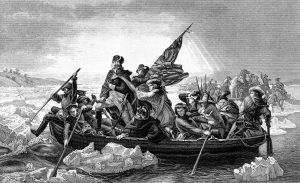
Washington continued to Verplanck, where he crossed the Hudson at King’s Ferry on his way to Fort Lee in New Jersey. Before departing, Washington delegated command of the Hudson Valley to General Heath, who then established a headquarters around the present-day Peekskill High School and began construction of Fort Hill shortly thereafter.
Peekskill’s geographic importance in the region stems from its vicinity between King’s Ferry—the only lower Hudson crossing not controlled by the British—and the entrance to the topographically strategic Highlands.
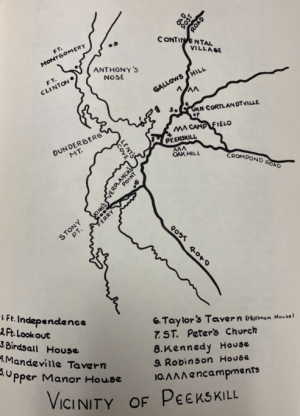
Beyond Washington’s short stay in Peekskill, other events of note during the War of Independence occurred within the city’s vicinity: Alexander Hamilton’s near-death experience; the follies of Benedict Arnold; the skirmish and abandonment of Fort Hill; and the origins of the first US flag flown during battle at Fort Schuyler near Rome, New York.
One could spend countless weekend adventures in the Hudson Valley exploring sites of colonial history, and many municipalities have embraced this rich history. While Peekskill certainly has its treasure of human capital in local history–the Peekskill Museum is a testament to this rock of knowledge to the past–there is a broader opportunity to expand the city’s understanding of its Revolutionary past to future generations of residents and to those passing through for a visit.
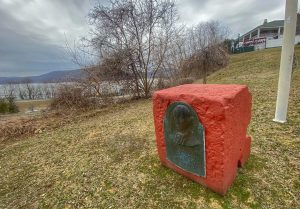
The authors and historians mentioned here have laid the groundwork for future preservation. Surely more than the current stone plaque on Main Street can be done to highlight and commemorate this part of the city’s history. A first step towards taking advantage of this opportunity is for residents to become more civically engaged in preserving the past.
As it is constituted now, the city’s Historic Preservation Advisory Commission lacks the members to carry out its purpose as outlined in the city code. An active board could host activities promoting the understanding of Peekskill’s past, sponsor historic preservation-oriented fundraising activities through special events, and work with other historic preservation agencies toward the goal of encouraging and preserving the region’s rich cultural heritage.
The institution exists, but we need the curious and engaged minds of Peekskill to maintain our city’s history.



